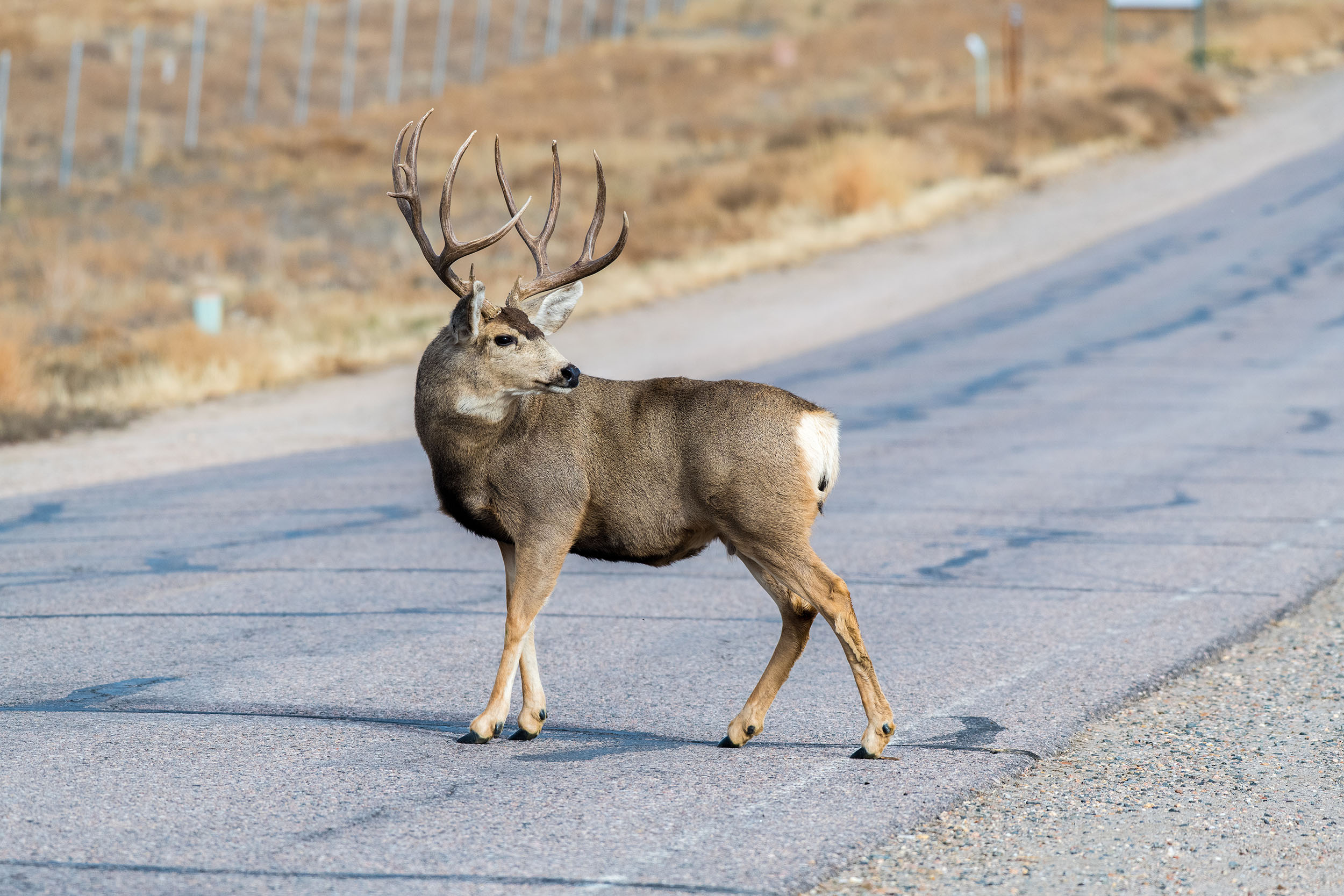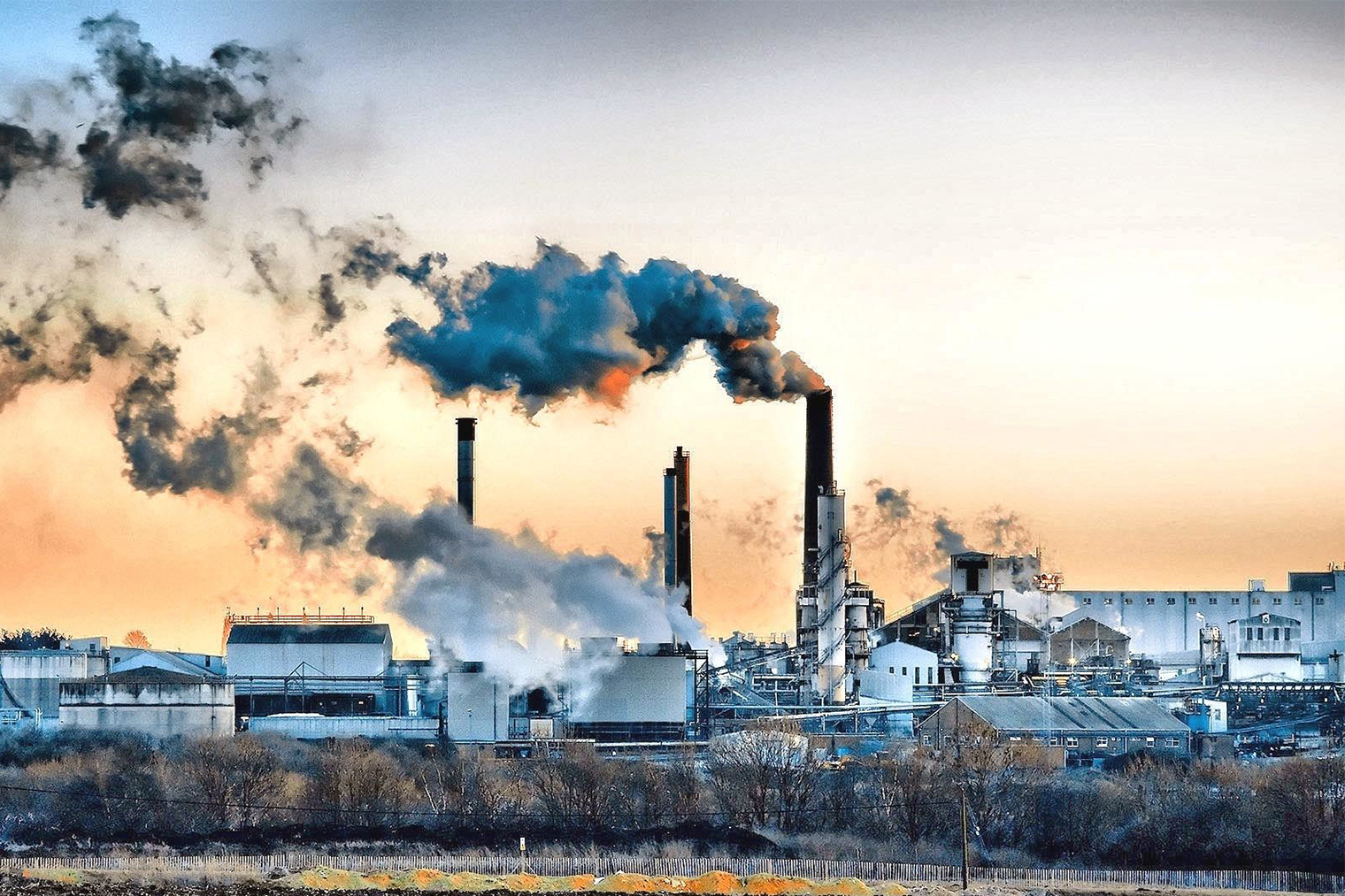Kenya’s short‑rains season is tapering off, leaving most regions hot and dry.
Farmers and urban areas face challenges from reduced rainfall and rising temperatures.
The current five‑day forecast between November 25 to December 1, 2025 indicates that rain will be limited to some areas of the Central Highlands, the Lake Victoria Basin, the Rift Valley, the Coast, and the South‑Eastern Lowlands, with the rest of the country remaining dry and sunny. Such a change is in line with Kenya’s seasonal transition from the short rains to the long dry season around December.
Furthermore, temperature trends are altering as well. The Coast, North‑Eastern, and North‑Western Kenya are warm and humid with the temperature during the day rising even above 30°C, while Nairobi and the Central Highlands are quite cool especially in the mornings and at night although the temperature rises during the day. The Rift Valley and Western Kenya are still having a few thunderstorms but it is not as frequent as before.
According to the climate outlook for November 2025 in Kenya by the Kenya Meteorological Department, November is usually the height of the October–November–December short‑rains season. This year, rains have been generally average to above in the areas of the Lake Victoria basin as well as the Highlands west of the Rift Valley, the Central and South Rift Valley, and parts of the Northwest.
However, towards the end of the month, the department has warned that most parts of the country will experience clear and dry weather, with only a few showers expected in some areas.
These changes in weather conditions are not without their effects. For instance, the reduction in rainfall for farmers means the end of the planting season which makes them more vulnerable to low yields especially in semi‑arid areas that count mostly on the short‑rains season. On the other hand, the drying trend taking place in urban areas like Nairobi lowers the chances of flooding but at the same time raises the problem of water shortage since dams will have to bear the effect of decreased rainfall.
The Kenya Meteorological Department forecasts that in the near future most parts of the country will have dry weather with clear skies. Therefore, only a few locations will experience some showers. This goes to show how vital it is for the people of Kenya to be ready for the climate changes as they face the long dry season which usually starts from December and extends to the beginning of 2026.
Kenya is moving out of the short‑rains season and into mostly hot and dry weather. There are still some isolated rainfalls in parts of the Rift Valley, Highlands, Coast, and Lake Victoria Basin but the majority of the country is already experiencing sun hence the start of the long dry season.
Follow us on WhatsApp for real-time updates, community voices, and stories that matter.






